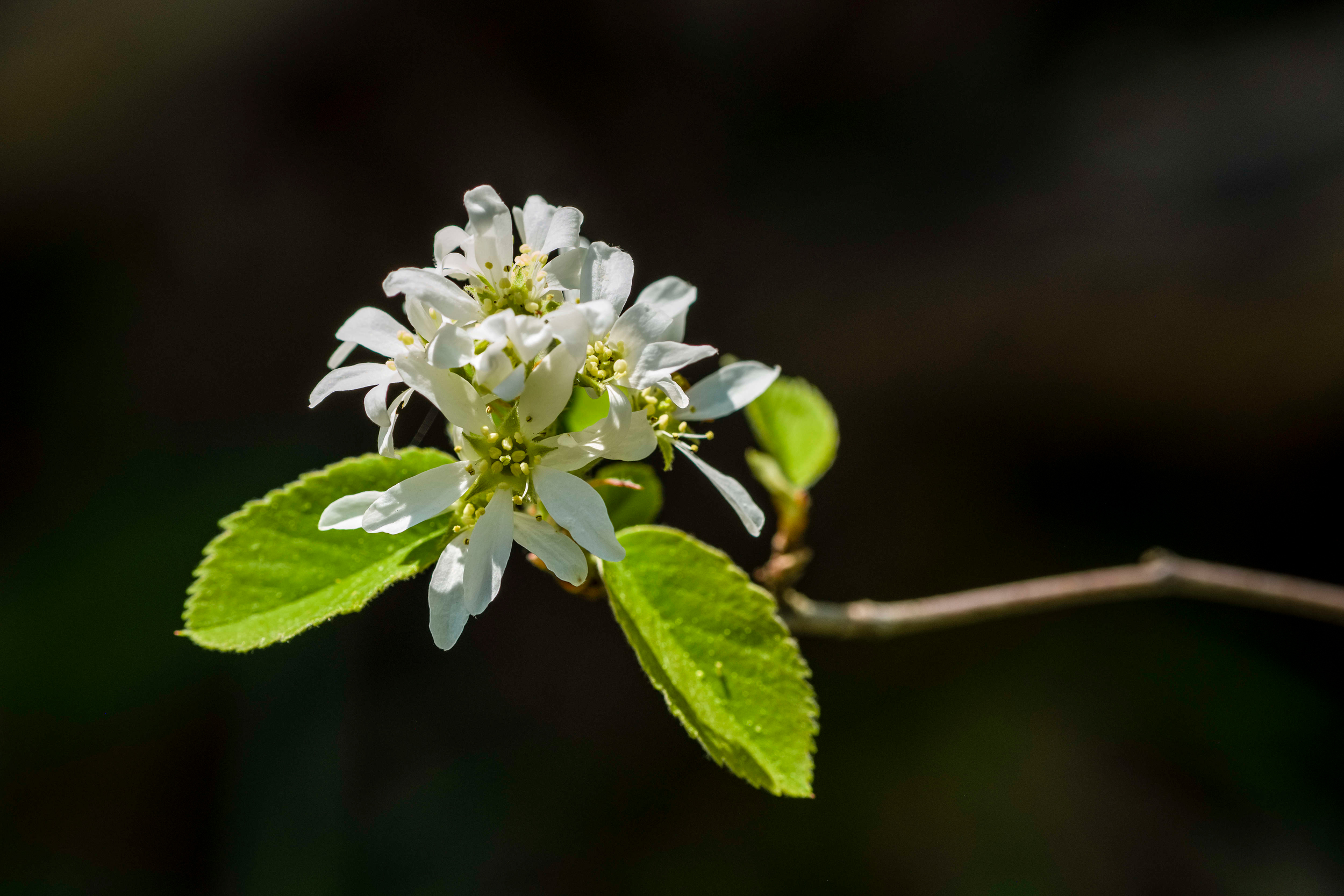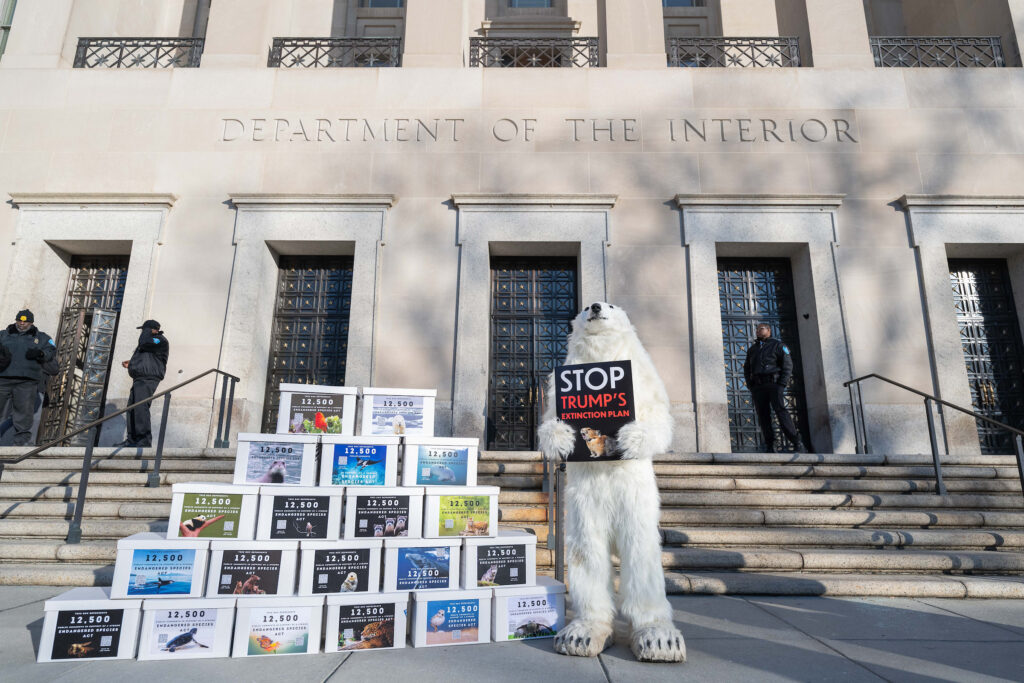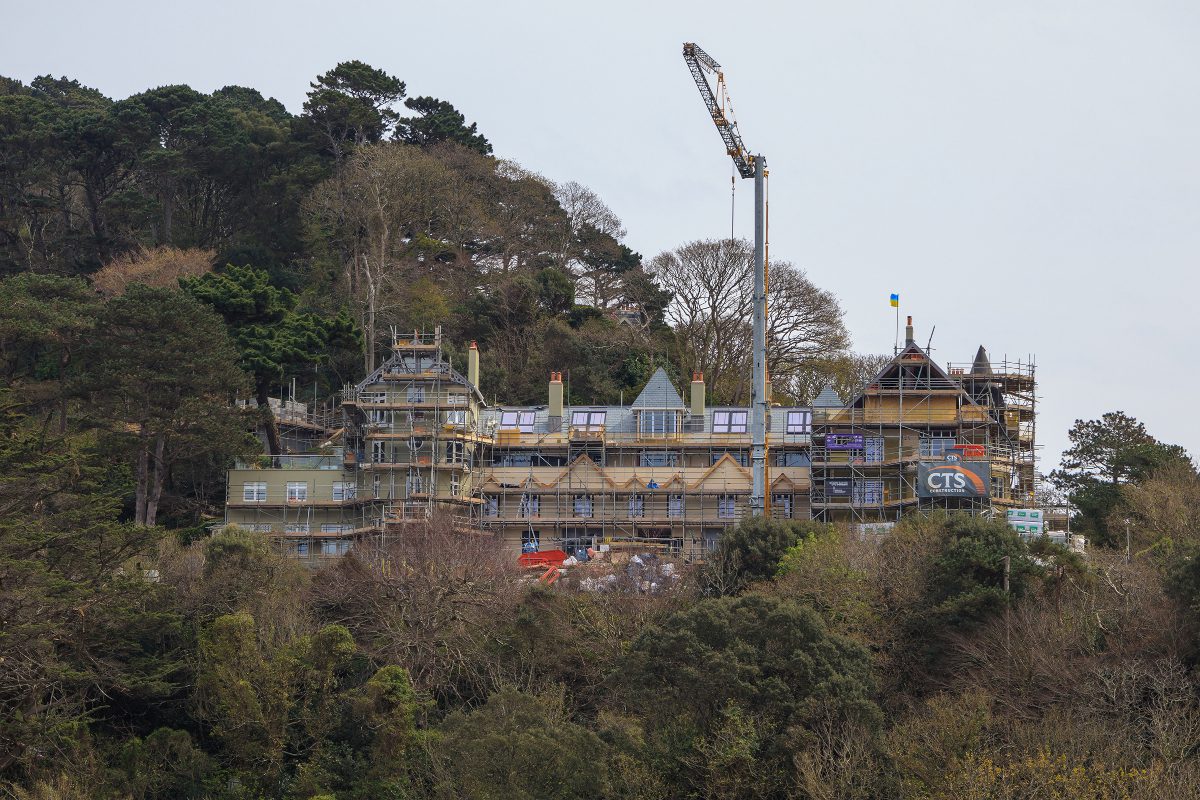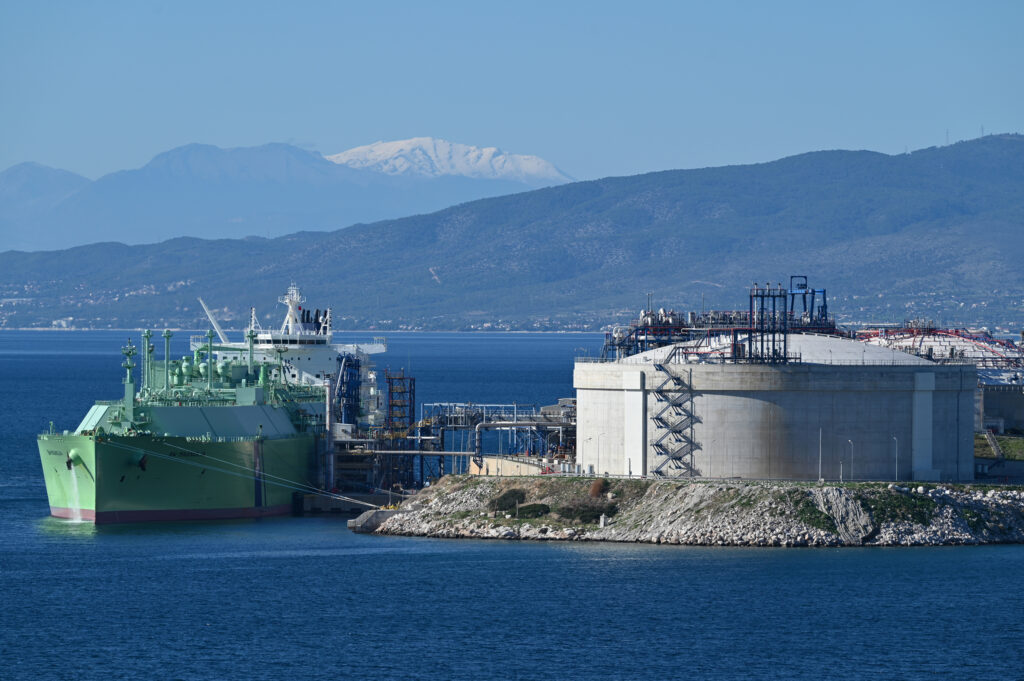This story is co-published with Arizona Luminaria, a nonprofit newsroom dedicated to community-centered reporting.
MAMMOTH, Ariz.—When Hector Denogean Sr. got his first paycheck from his new job at the Christmas copper mine in 1979, he felt like the richest 18-year-old this side of the Galiuro Mountains. His first purchase was a set of vinyl records; six months later, he bought a jeep with a cassette player. “No more 8-tracks for me,” said Denogean, laughing, as he recalled his start in mining.
“If it can’t be grown, it has to be mined,” Denogean said of the centrality of mining to modern life. “It raised me and my brothers and sisters, and it raised my kids, and they’re raising their kids on it.”
The mine gave four generations of his family a living wage, but the boom and bust cycle of the industry also swung Mammoth, Arizona, where Denogean raised his family, from a bustling town of multiple softball leagues to a quiet row of streets with shuttered bars and a forlorn corner store.
Across the region, many mines have shut down in recent decades, and towns once dependent on them, including Mammoth, have moved on with mixed success.



Now, a new copper mine could potentially return to Mammoth. Denogean knows the benefits it could bring as well as anyone, but he can’t support it. The threat of a major new water user in the drought-stricken valley, he said, is too much. He’s not alone in holding that concern. As mines return across Southern Arizona, community members in the towns most likely to feel the decades-long effects of mines are forming coalitions in opposition.
They recognize the key role mining has played as an economic powerhouse in their region, but worry the megadrought in the Southwest won’t leave enough water for living, let alone a water-intensive mining operation, and fear how the mines will impact the local environment and community.
Faraday’s Copper Creek—the proposed exploration project—that would determine whether the minerals in the area are of a quality that is worth extracting, requires 70,000 gallons of water per month at each drill site. The company is currently proposing to drill at 67 sites long before any actual mining operations would begin.
The project comes as the Trump administration ramps up its support for mining and scales back health and safety protections for miners.
If local and federal officials won’t protect them, leaders of Southern Arizona advocacy groups that oppose the mines say they will protect themselves with statements on projects during public comment periods, protests and potentially lawsuits.
From Superior to Mammoth, Patagonia and the Santa Rita Mountains, companies are looking to mine the Sky Islands and surrounding lands for copper, zinc and manganese. Under both the Biden and Trump administrations, boosting domestic mineral production has been a top priority.
A recent Trump executive order tasks agencies with prioritizing mineral production on federal lands and fast-tracking mines, which opponents say will likely impact sacred Indigenous sites, national monuments and water resources. In Arizona, mining has long been one of the state’s biggest economic drivers, but they’ve also wrought environmental damage that distresses many locals near proposed mines.


“The only way to get through it is to fight or leave,” said Melissa Crytzer Fry, a board member of the Lower San Pedro Watershed Alliance and a Mammoth local who has dedicated the past few years to raising awareness about the proposed mine there. “And we’re not ready to leave.”
Mining actually kept Denogean in the area.
He was born in a mining company hospital in Miami, Arizona, and then raised in a mining company town. Eventually, he moved to Oracle, one of a triangle of towns northeast of Tucson where miners in the San Manuel copper mine, opened in 1952, lived and raised families. By 1999, it was the largest underground copper mine in the country, but in 2003, it closed down and left thousands of miners without jobs.


Thirty-six years later, with a career in the mining industry behind him, Denogean still calls the region home. He credits it with the economic stability he needed to live his life, but knows that the future stability of the area will require a different relationship with the industry.
“I’m pro-mining because that’s what I did all my life. It needs to be done,” said Denogean, his heavy silver rings clicking against the stone of a picnic table near the Mammoth Miners Memorial. “But there’s going to come a time where Earth—we’re getting there—it’s not going to sustain things like that.”
A Community Coalesces to Fight the Industry That Created It
Melissa Crytzer Fry opened the meeting she had organized with a plea to attendees: “We are a community, whether we agree or disagree on things, we will treat one another with respect tonight.”
The meeting, she explained, was to inform locals about just how valuable the San Pedro Valley is ecologically and the threats it faces.


The organizers understood that mining created this community, and that many had worked in the local mines or had family members who did. They also know that when the mining company pulled out of the town, hundreds lost their jobs.
But they don’t necessarily know all the environmental effects mining could have, and the night’s meeting was a chance for local scientists to explain the changes already happening in the region, like drought and other recently constructed developments, and the impacts a new mine might bring. It also let them hear from other communities about the issues they were confronting from other proposed mines that are further along in the permitting process.
The meeting was the culmination of months of work for Crytzer Fry. She and her husband moved to Mammoth from Phoenix to be closer to nature. They knew Mammoth was a historic mining town, but thought that the industry would remain a legacy of the past. When they learned of Faraday’s proposed project, they dedicated themselves to raising awareness in the community about its potential impacts, and that work became a full-time job for Crytzer Fry. She’s dropped most of her work as a freelance writer and, for a time, she could barely even go out in the landscape she lives in, which reminded her of everything she could lose.
“I was once enjoying nature,” she explained as she hiked through Aravaipa Canyon, one of the San Pedro Valley’s most scenic stretches. “Now I’m fighting for it.”




Roughly 80 locals, including Denogean, gathered at the community meeting in Mammoth as speakers outlined the threats to the valley and similar fights across Southern Arizona. Long-time San Pedro Valley residents and former faculty at the University of Arizona outlined the changes to the landscape from climate change. Mining reform advocates explained the laws at hand that put communities like Mammoth at risk. Rob Peters with Save the Scenic Santa Ritas told how his group had opposed the Copper World mine, and won in federal courts.
“You need to get organized and you need to watchdog these guys, because you cannot count on the state to protect your interest, your health, your environment, or to protect your water, because the mines can essentially pump all the water they want,” Peters told the room.
His group has led a years-long fight against the Copper World project, planned on state land in the Santa Rita Mountains. Similar opposition is confronting South32’s Hermosa project, which broke ground in April for a mine that would extract the critical minerals of manganese and zinc, but led to the formation of the Patagonia Area Resource Alliance. Both the Santa Ritas and Patagonia, like the Galiuros near Mammoth, are sky islands. The elevations of the mountains provide a refuge for wildlife from the hotter desert floor, and connect the Rocky Mountains and the Sierra Madre range in Mexico to create one of the most biodiverse places in the country.
For Crytzer Fry, the meeting was a success. The community showed up to listen. “No one threw anything at me,” she said.


Angela Johnson, Faraday’s vice president of corporate development and sustainability, said in a statement that community feedback is central to their operations and they plan to be good neighbors. As they navigate the federal permitting process with the Bureau of Land Management, they will incorporate public comments, she said. The current proposed operations of exploratory drilling “is relatively light-footprint work” to provide the company with a “better view of the regional geology, hydrology, and geotechnical conditions,” she said.
If the company proceeds with the project and begins the steps to turn it into a mine, she said, it would begin discussions to create a community benefits agreement—a legally binding document between a developer and a local community—with Mammoth, other nearby towns, Pinal County, nonprofits and schools.
Mammoth’s Tug of War Between Nature and Industry
Nestled along the San Pedro River, a 1.5-mile loop of native mesquite bosque offers a shaded and surprisingly cool walk, even as the sun in the unclouded Southwestern sky bakes the area.
The 7B Nature Trail was created by the Resolution Copper mine as part of a land trade with the federal government.
Outside the town of Mammoth, is a mesquite forest owned by the Resolution Copper mining company. The forest is the centerpiece of the company’s land exchange with the federal government to acquire land outside the town of Superior for a controversial mine that would destroy a sacred site for the Western Apache. Credit: Wyatt Myskow/Inside Climate News
In exchange for Resolution Copper accessing Oak Flat—one of the world’s largest untapped copper deposits in Arizona’s Copper Triangle—the mining company has promised to protect 3,050 acres of riparian ecosystem along the Lower San Pedro River. The San Carlos Apache Tribe and environmentalists have fought the mine for decades, as it would destroy a site sacred to the tribe.
Three lawsuits have been filed against the project. One of which, Apache Stronghold v. United States, awaits a decision from the U.S. Supreme Court on whether the case will be heard, but the Trump administration is nonetheless planning to advance the project. Apache Stronghold has filed an emergency motion for a temporary injunction to prevent the transfer before the Supreme Court decides whether to hear the case.
Just up the road from the 7B Nature Trail is the site where Faraday is drilling for its proposed Copper Creek project.
These days, the Copper Corridor’s decades-long history of mining has left the ground unstable and a once-booming triangle of towns with shuttered bars and empty storefronts. A rich vein of copper continues to run under the region, but it lies on top of the second most ecologically intact landscape in Arizona after the Grand Canyon.
“I’m basically for copper mining as long as it doesn’t do long-term damage to people’s health,” said Pinal County Supervisor Jeff Serdy, who added that he felt recent technology mitigated the environmental impacts compared to those of older mines.


He also said he couldn’t always know about exploratory projects in his district, as projects on five acres or less of federal land do not require a full environmental assessment or public notice, and hoped residents would come to him if they had concerns. “I rely on the feelers of having the locals tell us,” he said.
Pinal Supervisor Stephen Miller, who spent more than ten years on the Casa Grande City Council, pointed to several mining operations in the city that had held presentations at the Chamber of Commerce to share their plans.
“It’s very important that they do [engage] the community so that they can explain to everybody what they’re doing and when they’re gonna do it,” said Miller. “If they decide to start mining someplace, they need to get a community involved as soon as possible.”
Environmental and social pressure has also made mining companies more conscientious, he said.
“I think the stigma of ‘mining is bad’ is going away because they are getting better at the technology,” he said. “They are aware of their environment. They are trying to do the best they can to make sure that they don’t damage the environment.”
Still, Miller said he has seen the boom and bust of mining operations, including in Casa Grande, where the Sacaton Unit mine shut down in 1984.
“That’s the life of a miner. It looked like the Grapes of Wrath here,” said Miller, referencing the John Steinbeck novel about the Great Depression. “Everybody loaded up their stuff and they picked up and left.”
That was when city leaders decided they need to diversify the economy in Casa Grande, said Miller, who lured a Frito-Lay facility and the luxury vehicle manufacturer Lucid Vehicles to build factories in the city.
“We have a lot of manufacturing and if any one of them takes a little downturn, it doesn’t devastate the whole community,” he said. “That came out of the ups and downs of mining.”
This story is funded by readers like you.
Our nonprofit newsroom provides award-winning climate coverage free of charge and advertising. We rely on donations from readers like you to keep going. Please donate now to support our work.
Donate Now
As mining opponents have also put forward an economic argument against new mines: the future of the outdoor recreation economy.
In Pima County, outdoor recreation generates $1.4 billion and employs 14,000 people, with many of the region’s towns serving as gateways to the Sonoran Desert. Neighboring Pinal County, home to Mammoth, saw $461 million in 2008 from outdoor recreation. Mines, opponents argue, threaten that alternative economic future.
“This is a globally important center for biological diversity that attracts tourists, that provides outdoor recreation and that people have bought and built houses right next to because it’s gorgeous,” said Peters with Save the Scenic Santa Ritas. “That’s the place we’re going to put a copper mine.”
A River No Longer Runs Through It
The river that runs through the San Pedro Valley, home to Mammoth, rarely has water. Wells that depend on the local aquifer are in decline. Those who have lived their whole lives in the area, like Denogean, say the valley is no longer as green as it once was.
When he was growing up in a small rural home near the Aravaipa Canyon Wilderness, Denogean and his siblings played in a creek that’s still running, although rapidly decreasing groundwater has reduced the flow of the river it feeds into.


“There was nothing there,” not even a store or stoplight, he said of where he grew up. But they had the San Pedro River and the lush green valley that it watered. When the rain came, the river ran bank to bank, nearly half a mile across and deep enough to swim in.
“It was never a big river. It’s not even the Gila. It’s definitely not the Mississippi,” he said. “It’s an Arizona perennial stream,” though the river then would run nearly year-round between Mammoth and Aravaipa.
Though not as thirsty as agriculture, mines can still consume vast amounts of water. Many of the communities near proposed mines are far from major farms, so the mining operations would likely be one of the area’s biggest water users. In towns like Mammoth, where many homeowners are on wells, a mine pumping water from the local aquifer is akin to someone placing a new straw into a cup—typically a very long straw.
Nearly 80 percent of Arizona lacks any form of groundwater regulation, allowing big users like the copper mines to consume vast amounts of the scarce resource. And where groundwater is regulated, mines are granted exemptions.
In many aquifers, like those near Mammoth, little data even exists on their condition.
Efforts to update Arizona’s groundwater laws have failed so far.


Today, Denogean owns two properties with wells. When the San Manuel mine closed, he expected to see the river run again. “After they stopped pumping, I expected to see the water table rise drastically,” he said.
But the water didn’t rise and run as he’d expected.
“It’s not better over here.”
Now, the rain comes less often, too, he said. And the San Pedro rarely runs. It stayed dry even during the last monsoon season. The industry Denogean and generations of his family were raised in now seems to be threatening the river that defined their childhoods.
Yana Kunichoff is a reporter with Arizona Luminaria covering community resiliency.


About This Story
Perhaps you noticed: This story, like all the news we publish, is free to read. That’s because Inside Climate News is a 501c3 nonprofit organization. We do not charge a subscription fee, lock our news behind a paywall, or clutter our website with ads. We make our news on climate and the environment freely available to you and anyone who wants it.
That’s not all. We also share our news for free with scores of other media organizations around the country. Many of them can’t afford to do environmental journalism of their own. We’ve built bureaus from coast to coast to report local stories, collaborate with local newsrooms and co-publish articles so that this vital work is shared as widely as possible.
Two of us launched ICN in 2007. Six years later we earned a Pulitzer Prize for National Reporting, and now we run the oldest and largest dedicated climate newsroom in the nation. We tell the story in all its complexity. We hold polluters accountable. We expose environmental injustice. We debunk misinformation. We scrutinize solutions and inspire action.
Donations from readers like you fund every aspect of what we do. If you don’t already, will you support our ongoing work, our reporting on the biggest crisis facing our planet, and help us reach even more readers in more places?
Please take a moment to make a tax-deductible donation. Every one of them makes a difference.
Thank you,

















